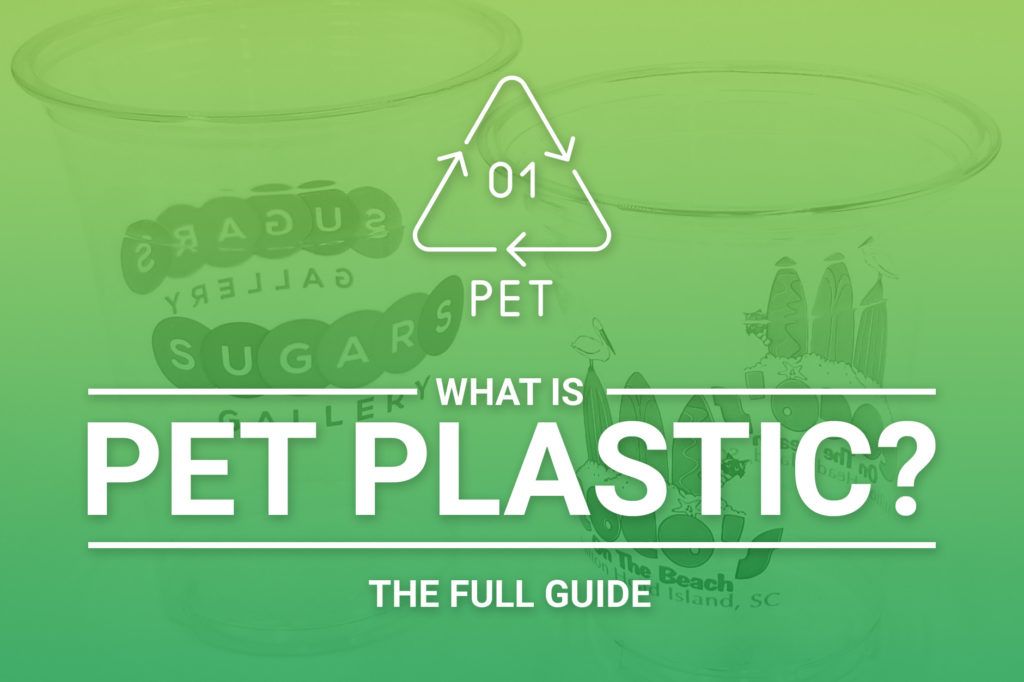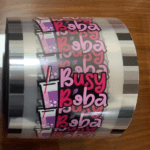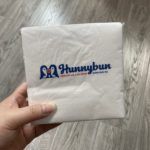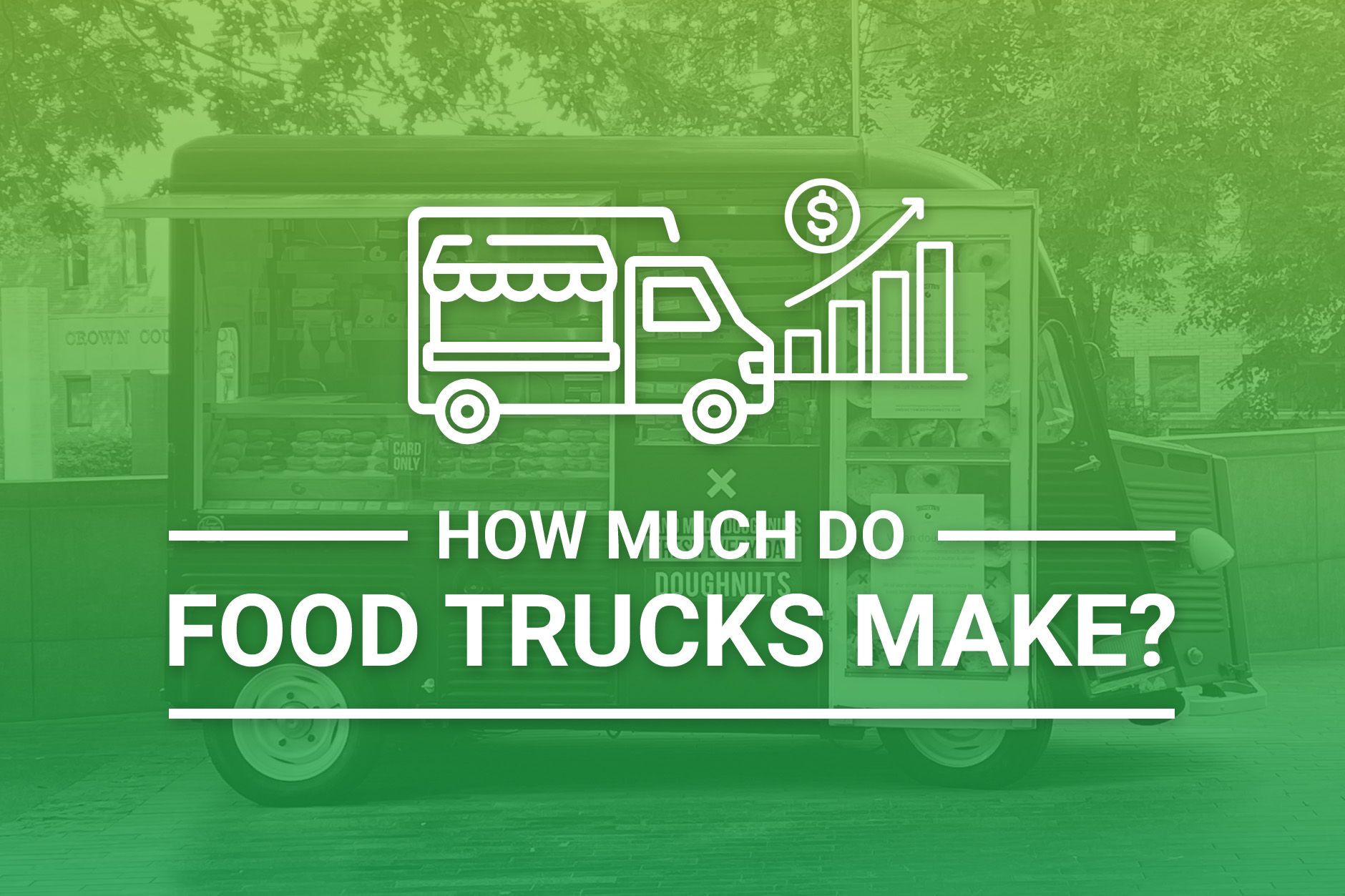Quick Summary
PET is short for polyethylene terephthalate (the chemical name for polyester). PET plastic is a clear, strong, and lightweight plastic with many household and industrial uses. PET plastic is one of the most widely used types of plastic and it’s also the most widely recycled plastic.
PET Plastics | An Introduction
Before we discuss the ins and outs of PET plastic, you might be wondering what PET plastic stands for. What is PET plastic? PET is short for its chemical name: polyethylene terephthalate.
PET is often abbreviated as PETE, PETG, APET, PETP or PET-P. Similarly to how tissue paper is commonly referred to as “Kleenex”, PET plastic may be referred to as it’s brand names Dacron (US), Terylene (UK), or Lavsan (Russia).
PET has many properties that make it desirable for a wide range of applications. In appearance, PET is clear and transparent. It is somewhat flexible, yet still strong and will not tear easily. It is lightweight and can be easily shaped when molten.
PET Uses
Your house almost certainly contains many products made from PET. It’s frequently used for water bottles, shampoo containers, soda bottles, and plastic cups. Many fabric products also use PET in the form of polyester.
Additional applications for PET include:
- Microwavable containers
- Salad dressing containers
- Peanut butter & condiment containers
- Vitamin containers
- Lamination on solar panels
- Automotive wiper arms
- Automotive engine covers
- Automotive headlamp retainers
Is PET Plastic Recyclable?
Yes! PET is 100% recyclable. In fact, PET plastic is the most commonly recycled plastic in the world. PET plastic is widely accepted for recycling programs, because it can be easily washed and melted down for uses in lower grade products, or hydrolyzed down to monomers, which are purified and re-polymerized to make new food-grade PET. The video below shows another popular method to recycle PET, by turning it polyester clothing.
As of 2017, about 29.2% of PET plastic is recycled in the United States. If you are looking to recycle your own PET plastic products, you can identify PET material by looking for the number 1 within the continuous arrows.
While recycling is the preferred method of PET disposal, it is safe to landfill. It won’t biodegrade on its own so it will not contaminate the surrounding areas, though Japanese scientists have recently discovered a species of bacteria capable of quickly degrading PET plastic.
A Brief History of PET Plastic
Calico Printers Association initially developed PET in their United Kingdom labs. It was first prepared in 1940 during a study of phthalic acid. They were granted a patent for their efforts in 1941.
The first North American use of PET was in the mid 1940’s by a group of DuPont scientists.
By the late 1950s, PET could be manipulated into PET film. Later into the 1970’s, PET was being used in many of the ways we see today. In plastic bottles for example.
The Science and Creation of PET
PET plastic comes from the polymerization of terephthalic acid and ethylene glycol. The two materials are heated together, with the aid of catalysts, in low vacuum pressure to produce molten PET. As the liquid becomes thicker, the polymer chains grow. The reaction is stopped when the desired polymer chain length is achieved.
This produces thin strands of PET which are extruded and cooled. The strands are cut into pellets which can be remelted and stretched later to produce the desired material. The video below outlines the process of getting from these pellets to plastic bottles (Skip to 28 seconds in).
The chemical formula for PET is (C10H8O4)n. It has a density of 1.38 g/cm3. It melts as 482 °F and boils at 662 °F.
The FAQs of PET Plastic
Is PET Plastic Safe?
Yes! PET has been safely used since the 1940’s. According to the FDA, PET plastic can be safely used with all forms of food and beverage. Numerous studies and testing confirm the FDA’s decision to label PET as safe for food use. It does NOT contain any BPA.
What does PET plastic mean?
PET Plastic is a strong, clear, plastic commonly used for food packaging, plastic bottles, and household containers. Its chemical name is polyethylene terephthalate. It is identified by the number 1 encircled by the recycle symbol.
Is PET plastic BPA free?
Yes! PET plastic is completely different than BPA. While they are used for similar products, PET plastic contains no BPA.
The Future of PET
The short term future of PET is bright. It is a cheap, lightweight material with a huge variety of uses. It keeps food and drink safe all over the world, makes some great clothing, and even is helping the fight against malaria.
The long term future depends largely on how the issue of plastic pollution is solved. Will we continue to litter our oceans and forests with plastic? Can advancements in science and technology further improve recycling processes? Will PLA continue to grow in popularity as a more environmentally friendly solution? Only time will tell!





















